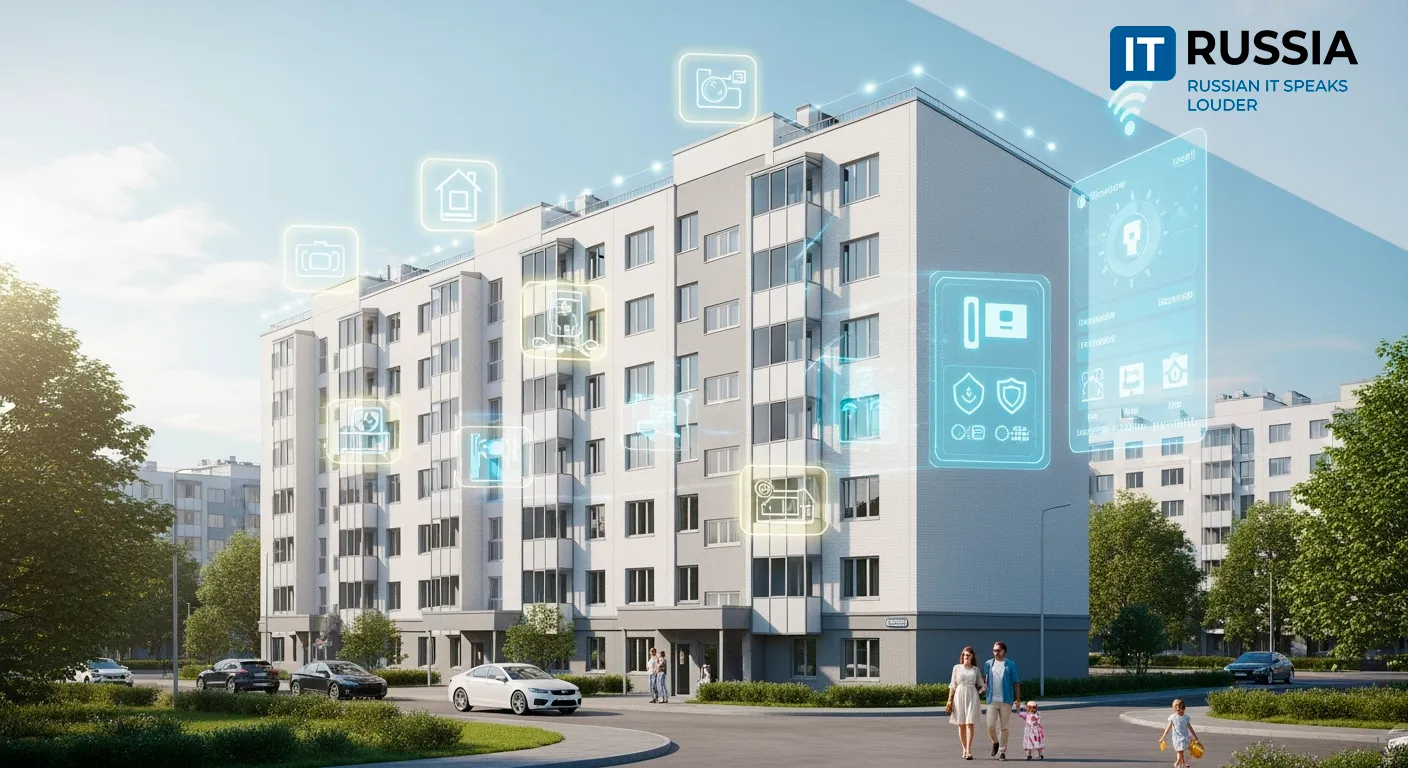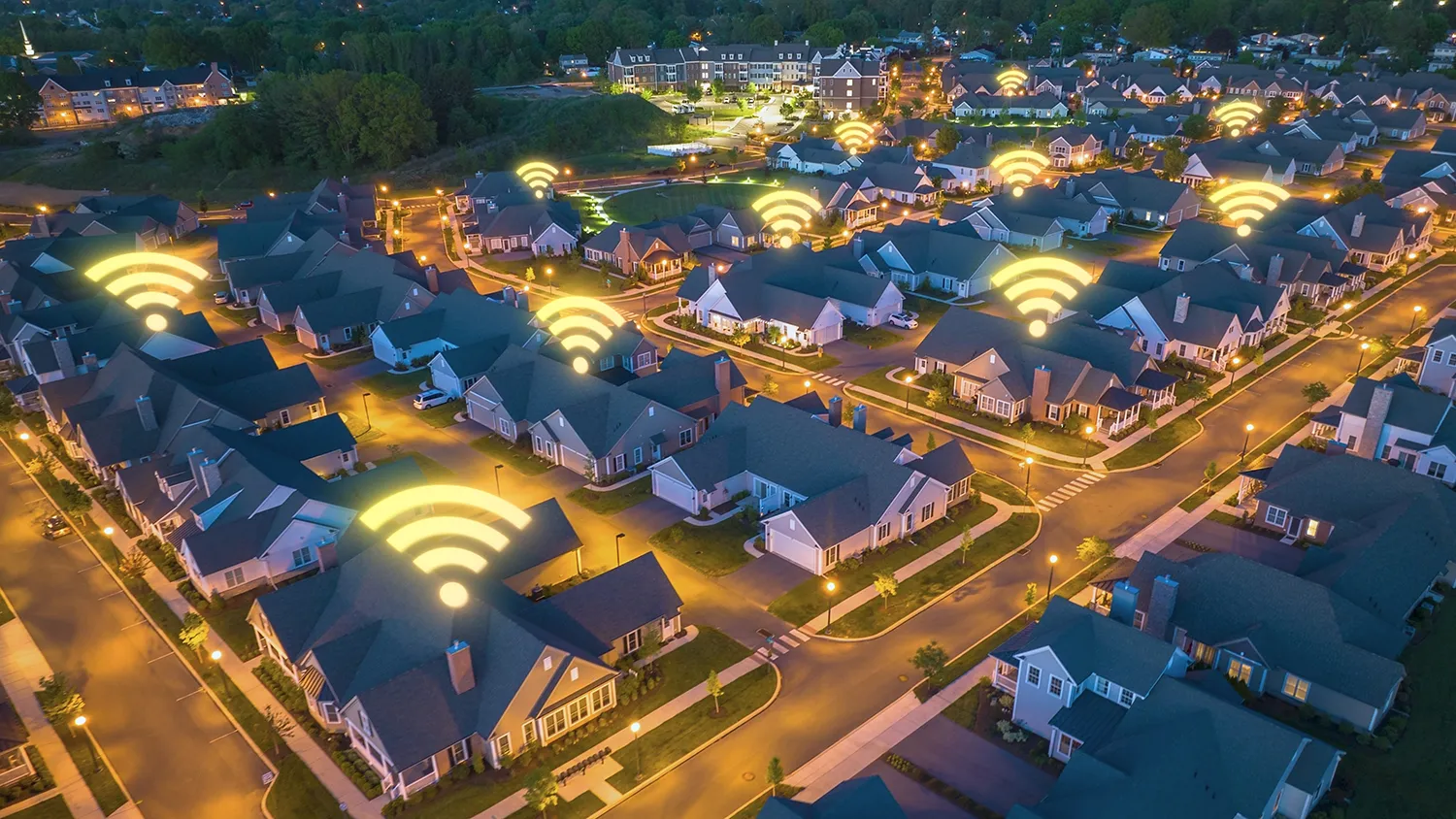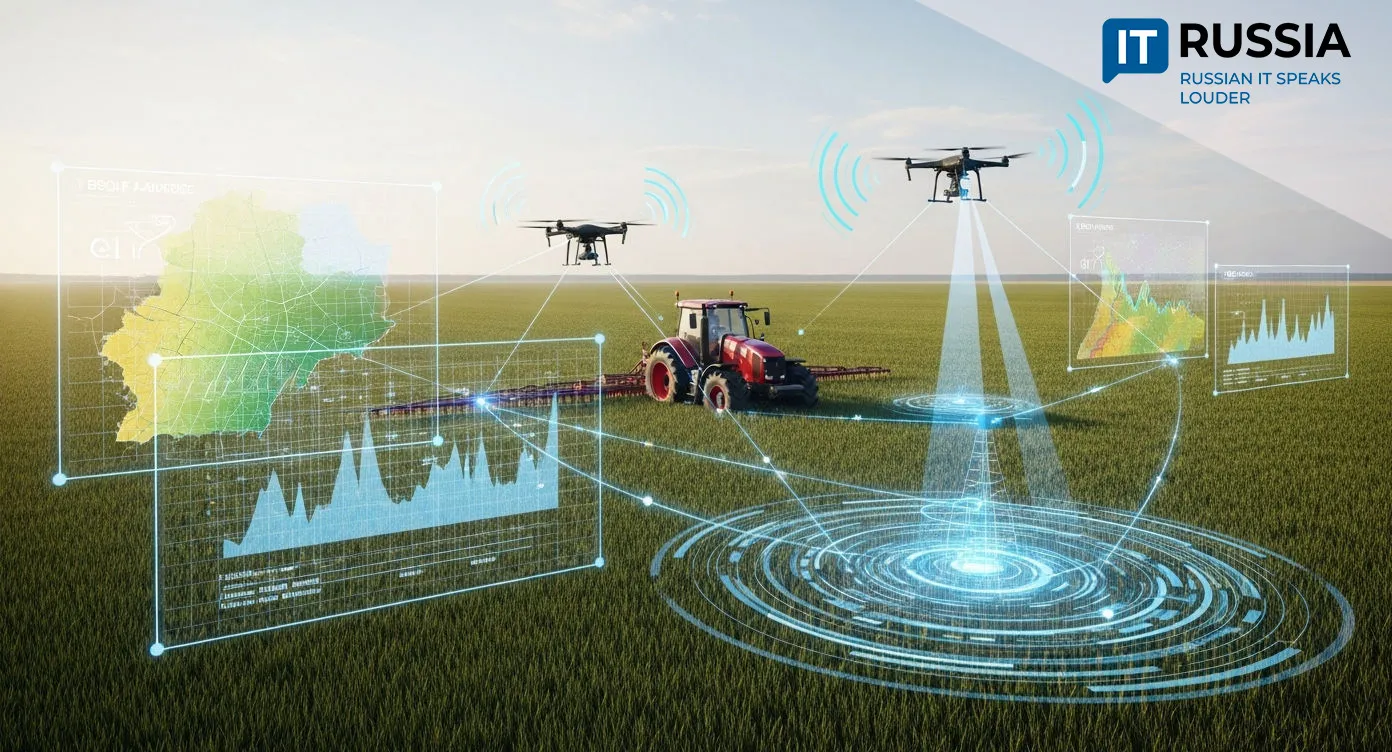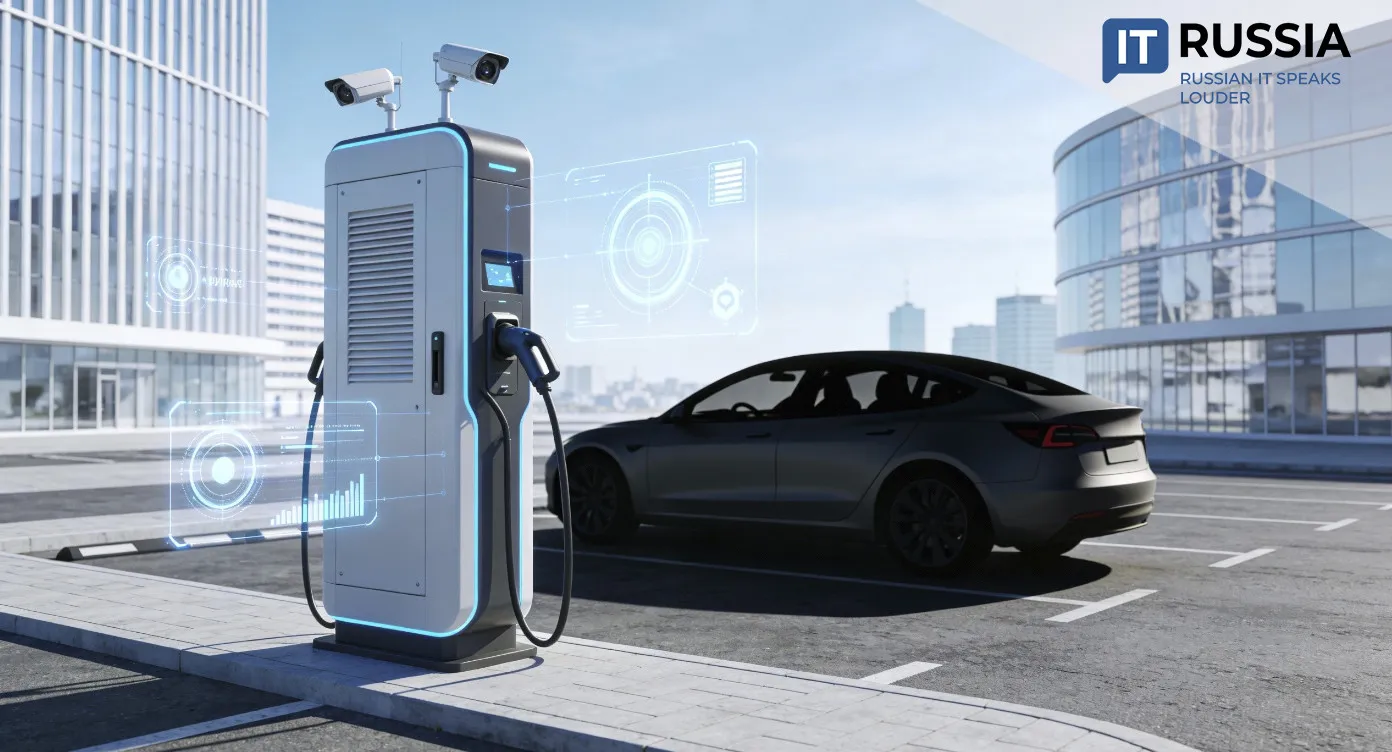Russia Approves Digitalization Concept for Multi-Apartment Buildings: What It Means for Smart Cities and Infrastructure

On July 24, 2025, Russia approved a strategic plan to digitize its apartment housing stock by 2030, marking a major shift in how the country integrates smart technologies into everyday urban life.
Unified Digital Framework for Smart Living
The new Concept centers on three main objectives. First, it introduces standards for IoT devices, software, and infrastructure in smart homes, leveraging national GOST specifications adopted in 2024–2025. Second, it mandates strict data protection requirements for residents and critical housing systems. Third, it promotes import substitution, encouraging adoption of Russian-made platforms and equipment to reduce reliance on foreign technology.

From Isolated Projects to Systemic Policy
The Concept follows years of foundational work. Launched in 2019, Russia’s 'Digital Economy' national program laid the groundwork, including the Smart City initiative. In 2021, the Smart MAB (multi-apartment building) project began, led by the Ministry of Digital Development, the Ministry of Construction, and the Ministry of Industry and Trade. In 2022, the non-profit 'Smart Multi-Apartment Building' was established to draft the concept and define the path toward safe, comfortable digital homes.
By early 2023, the Gosuslugi.Dom app went live in five pilot regions. In 2025, eight national GOST standards regulating smart home classifications, architectures, and basic devices—like leak sensors, smart meters, and IP intercoms—were formally enacted.

Opportunities and Challenges Ahead
A detailed implementation roadmap is expected by early 2026. Pilot projects will then be developed under federal guidelines and decrees. As these initiatives unfold, demand for Russian-made smart home technologies is projected to surge.
For residents of major cities—particularly those buying new housing—this will mean greater transparency in housing and utilities, enhanced service access, and better safety. However, implementation may face hurdles: digital maturity varies across regions, retrofitting older buildings poses technical challenges, and financing mechanisms for such projects remain unclear. Yet, these early trials will help refine both software and hardware solutions, highlighting their viability for export—even in demanding environments.

Gradual Evolution, Not Overnight Revolution
In five years, Russia has shifted from fragmented smart housing experiments to a cohesive strategy backed by formal standards. The focus is now on technology localization, end-to-end digital management of apartment buildings, and robust data protection. The success of this transition hinges on how quickly management companies adapt, how effectively local vendors are supported, and how flexibly pilot programs are tested.
If successful, these smart housing systems could be exported to partner nations—particularly those seeking solutions for complex urban environments










































